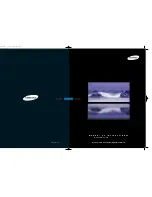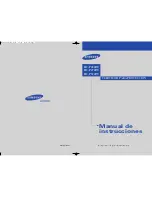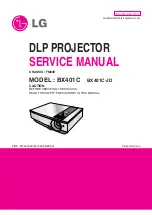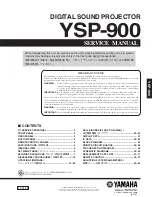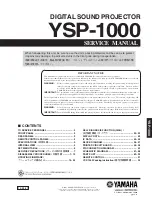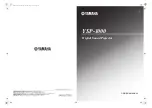
INSTALLATION AND SETUP
2-6
Roadie 25K User’s Manual
Rear Screen Installations
There are two basic types of rear screens: diffused and optical. A diffused rear screen
has a surface which spreads the light striking it. Purely diffused screens have a gain
of less than 1. The main advantage of the diffused screen is its wide viewing angle,
similar to that of a flat screen for front screen projection. Optical rear screens take
light from the projector and redirect it to increase the light intensity at the front of the
screen. This reduces it in other areas, and creates a viewing cone similar to that of a
curved front screen installation.
To summarize, optical screens are better suited for brightly lit rooms where the
audience is situated within the viewing cone. Diffused screens may be better suited
when a wide viewing angle is required but there is low ambient room lighting.
Screen size (image size) may be up to 145 feet across, depending on your lens and
ambient light level. Choose a screen size appropriate for your lens and application.
Keep in mind that if the projector will be used to display much text information, the
image size must allow the audience to recognize all text clearly. The eye usually sees
a letter clearly if eye-to-text distance is less than 150 times the height of the letter. In
other words, small text that is simply located too far from the eye will be illegible no
matter how sharply and clearly it is displayed.
NOTE: Screens with aspect ratios (proportion) of 4:3 are typically specified by
diagonal size, but screens having other aspect ratios—such as the 2048 x 1080 of the
Roadie 25K— are usually specified by their horizontal width. See below.
Table 2.1. Matching Lenses to Screen Size
Lens Type
Screen Width (<—>)
1:1 fixed
14-145 ft.
1.25 – 1.45:1 zoom
10-121 ft.
1.45 – 1.8:1 zoom
8-102 ft.
1.8 – 2.4:1 zoom
6-83 ft.
2.2 – 3.0:1 zoom
5-66 ft.
3.0 – 4.3:1 zoom
3-49 ft.
4.3 – 6.0:1 zoom
2.5-35 ft.
5.5 – 8.5:1 zoom
2-27 ft.
Aspect ratio describes the proportion of the display and is expressed as the ratio of
width to height, such as “5:4” or “16:9”. Typical aspect ratios range from 1.25 to
2.35—the higher the value, the wider or “less square” the image. See Table 2.2.
Table 2.2. Typical Aspect Ratios
Application
Aspect Ratio
SXGA 1.25
(5:4)
35mm filmstrip
1.32 (4:3)
NTSC Video / XGA
1.33 (4:3)
PAL Video / XGA
1.33 (4:3)
HDTV Video
1.78 (16:9)
Letterbox Video / “Flat”
1.89 (2048 x 1080)
Cinemascope 2.35
Screen
Size
'
Screen
Aspect Ratio
'
Содержание Roadie 25K
Страница 6: ......
Страница 15: ...INSTALLATION AND SETUP Roadie 25K User s Manual 2 9 Figure 2 10 Switching Between Flat Scope Displays ...
Страница 56: ......
Страница 153: ...SPECIFICATIONS Roadie 25K User s Manual 6 7 ...
Страница 164: ......
Страница 165: ...Appendix B Remote Keypad Roadie 25K User s Manual B 1 Figure B 1 Standard Remote Keypad ...
Страница 166: ......
Страница 168: ...SERIAL COMMUNICATION CABLES C 2 Roadie 25K User s Manual ...
Страница 169: ...SERIAL COMMUNICATION CABLES Roadie 25K User s Manual C 3 ...
Страница 170: ......
Страница 186: ......




























